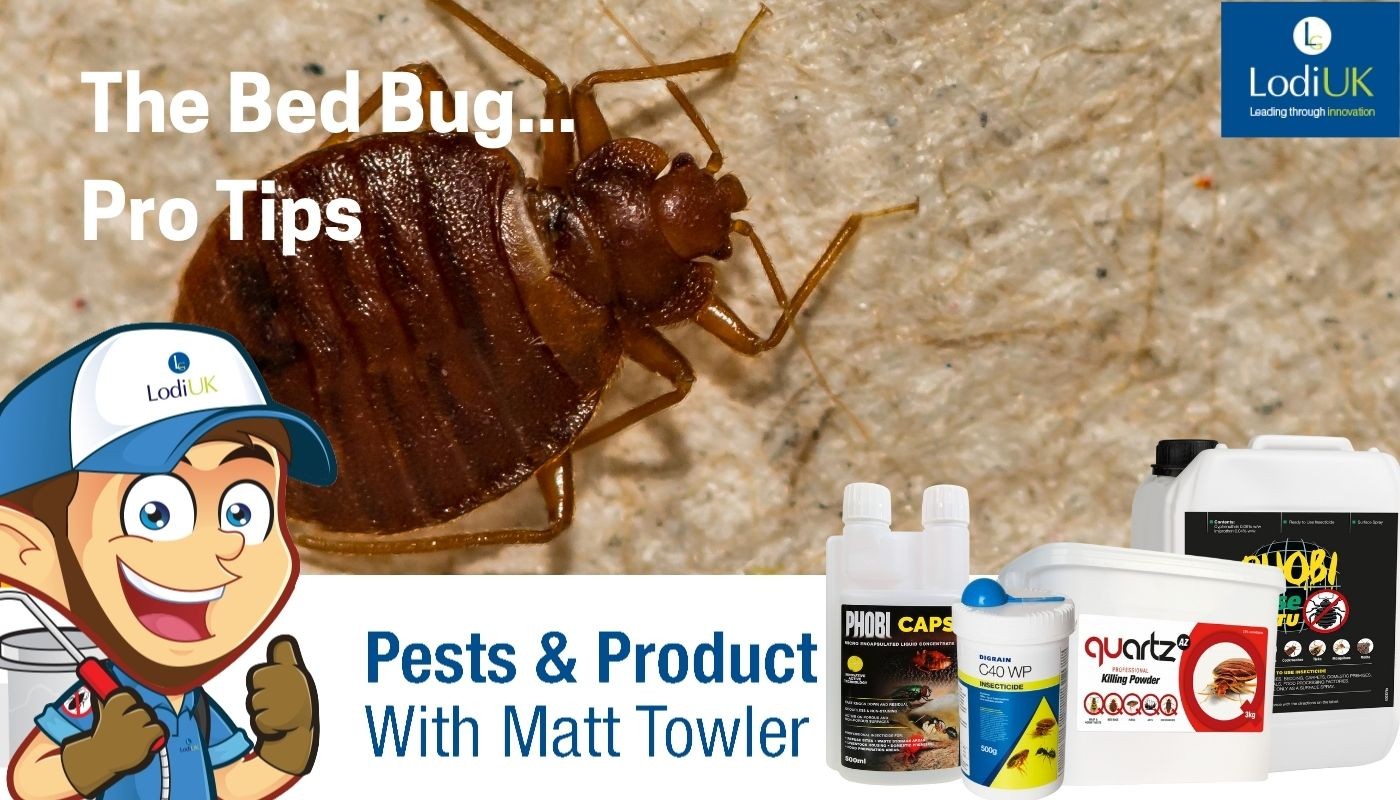
My Favourite Insect
It might seem like an odd title, and an odd statement to make. How can anyone have a favourite pest insect? Well, mine is the Bed Bug (Cimex Lectularius).
When I was little, and even before I started in Pest Control, I never knew what a Bed Bug was. We never went on holiday as a family and returned wondering if we had ever brought back a small stowaway attached to our luggage or clothing. We never arrived at our hotel and searched the bed for tell-tale signs that we might be in the presence of these blood sucking insects (something that I tend to do now in any hotel situation as I am sure a lot of Pest Controllers do).
These tiny insects tend to send a shiver down people’s spines when they come across them. They can infest all manner of properties and even public transportation systems, feeding where possible on the blood of an unsuspecting victim like miniature vampires.
They are a marvel of evolution with a linage spanning millions of years, first emerging into fossil records around 115 million years ago during the early-cretaceous period. This is when some of the largest prehistoric animals roamed the earth. It is thought that back then they fed on the blood of prehistoric mammals or even dinosaurs themselves. They even survived one of the biggest extinctions events the world has ever seen some 65 million years ago when an asteroid struck the Yucatan Peninsula in Mexico wiping out over 75% of all life on earth. If this is not a test as to their incredible ability to adapt to any situation, then I don’t know what is!

Microscopic? I think not!
The insect itself is small but noticeable once it reaches adulthood. Public perception seems to be that they are minute microscopic insects resembling something like a Dust Mites and are shocked to learn that they can reach half the size of a person’s small fingernail at around 5mm in length.
They are almost see-through when starting out as nymphs and slowly change colour through a series of regular feeding and various stages of moulting. Once they reach adulthood, they are more reddish-brown in appearance. Having an ability to increase in size, the Bed Bug starts out very flat in shape, almost doubling in size once they have completed a blood feed.
They have mouthparts designed to pierce the skin of the host that they feed upon and can inject a cocktail of aesthetic to numb the victim, plus an anticoagulant to prevent the blood clotting to allow them to feed at will and go relatively unnoticed. This, in my eyes, makes them a formidable pest.

Modern Pest Control
When it comes to pest control, these formidable insects can be a nightmare to deal with. Heavy infestations can cause significant issues for the people suffering from them, with issues ranging from anxiety and depression. Physical problems include blood loss in severe long-term cases, coupled with what can be a large expense to have the problem resolved or to replace infested furniture due to contamination from excreta in heavy infestations. If found in hotels, hostels or even public transport they can end up damaging a business’s reputation which in turn can cost money and take a long time to recover from.
Aside from live insects, you can spot a Bed Bug infestation by looking at primary feeding locations such as around headboards and mattresses. Bed Bugs find their food source or host by following the CO2 emissions given off when a person is sound asleep in their bed, hence why they tend to set up harbourage around the headboard area.
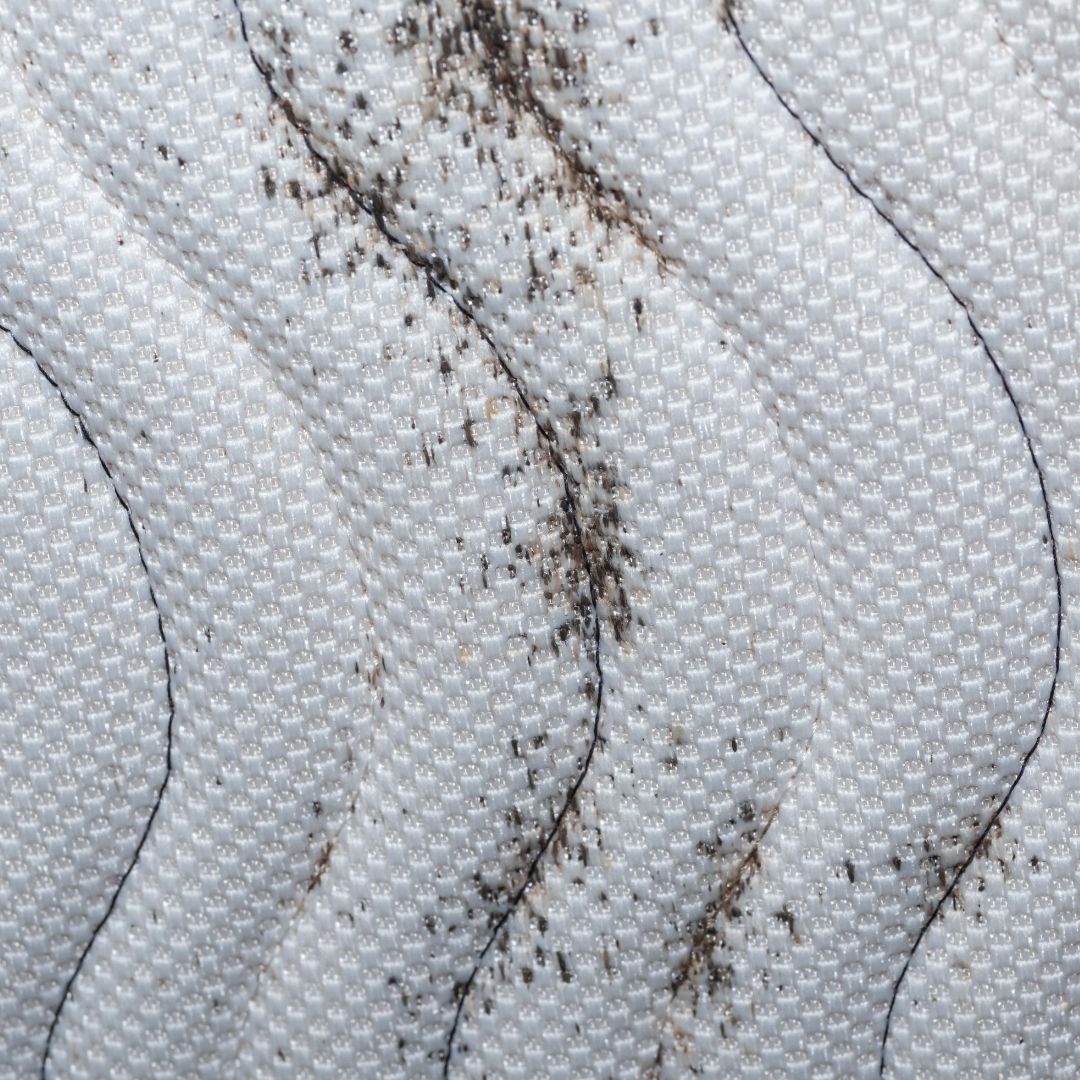
Also, look out for bites. Not all bites will potentially indicate an issue with Bed Bugs, which is why it is always best to gather as much evidence as possible before reporting of Bed Bug activity. These insects target the warmer areas of the body because not only to they follow CO2 trails, but they will also locate a host’s warmer areas by sensing the heat given off through infrared.
They use these methods to target areas which present close to the mattress such as the back, arms, arm pits, groin, neck, mouth, and face. Bites tend to appear in a line referred to as “Breakfast, Lunch and Dinner” but this is not always a given and bites can be erratic in some instances.
Bed Bugs do not feed every night. They will take a blood feed from a host then retire to their harbourage where they spend the next 5 days digesting their bloody human meal! If a person is complaining of bites every evening, this can indicate a potentially high level of infestation.
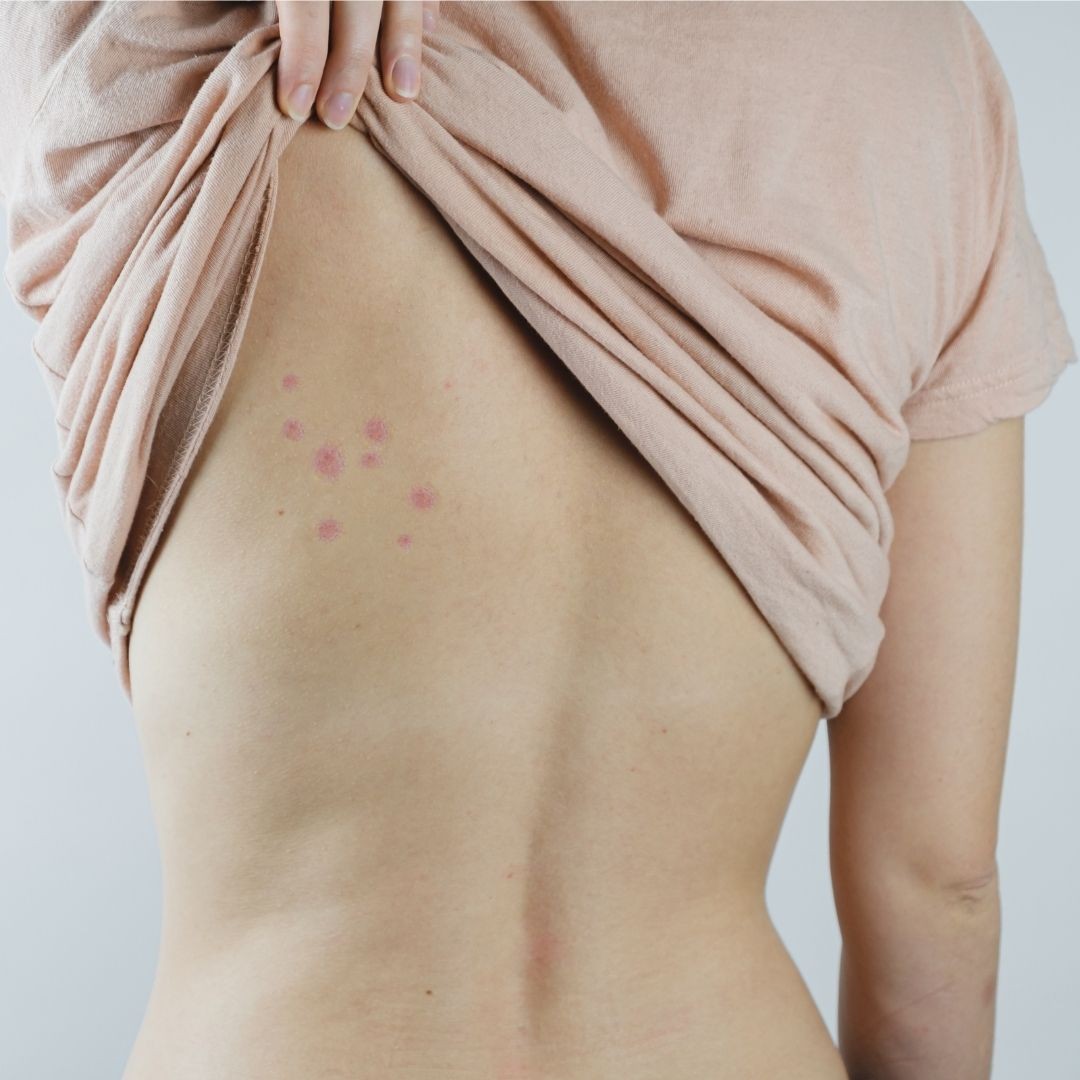
Not Much Family Sprit
As with most insects, Bed Bugs are prolific breeders. This ensures the survival of their species. The female Bed Bug can lay up to 500 eggs in just over a 2-month period.
We all know the life cycle stage of a Bed Bug, running through a process of Incomplete Metamorphosis, hatching out of the egg (resembling an adult Bed Bug, only much smaller). Once they take a blood feed, they go through an ‘Instar’ or moult stage, shedding the outer shell or caste. This process they go through can be anywhere between 3 and 5 times before they reach maturity and can breed to start the cycle all over again.
Let’s not, however, go into too much detail on the mating ritual of the Bed Bug! With a name like traumatic insemination, it’s a severely stressful process for the female in which she is stabbed in the abdomen by the male’s spike-like appendage to deliver his sperm. I guess this gives a whole new meaning to being stabbed in the back! I would like to say she is a diligent mother but once the eggs have been laid, she also leaves them to fend for themselves and seeks a new mate, not much of a family life for a Bed Bug...
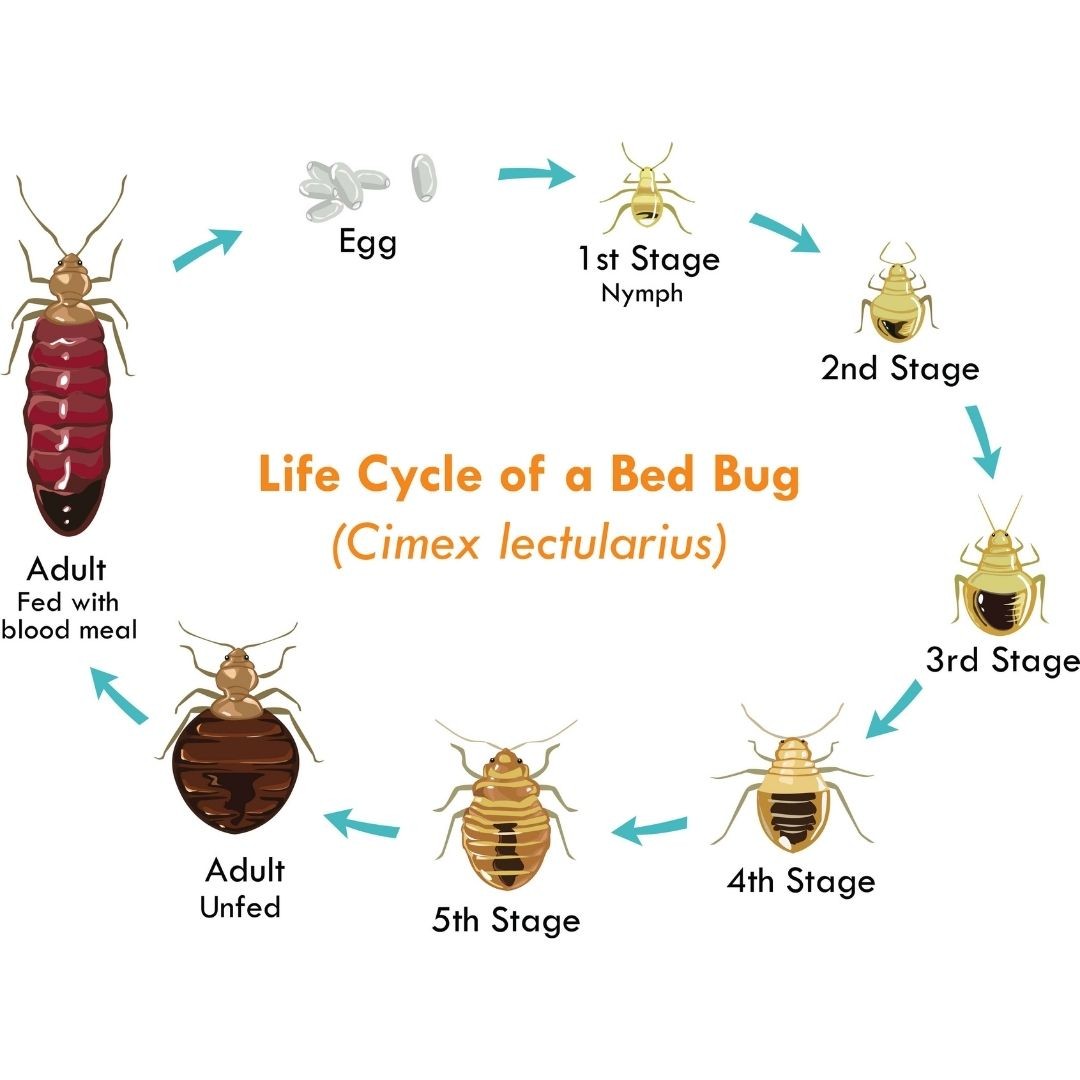
The Big Question Is... How?
So, how do they get to our nice warm cosy beds? How do they travel from place to place, sometimes spanning continents to get a decent meal and to set up a family of their own?
It’s simple, we take them with us. Bed Bugs will transfer via any means necessary, using everything from clothing and luggage to second hand furniture. They have been found on aeroplanes, trains, ships, buses and coaches.
Once considered a species of insect associated with poorer regions and slum areas, the last few decades they have begun to infest all regions of the populated world, and now they can be found in almost every city at some level and even in some of the finest hotels and establishments where even I wouldn’t be able to afford to spend the night.
Where Should I Look?
As explained, the treatment of Bed Bugs can be a tricky process and first requires correct identification which can be carried out through a process of surveying the infested room, rooms or building.
When dealing with multiple occupancy buildings such as hotels, hostels, or flats, it is important that the source of the infestation is located to prevent a reinfestation occurring. This can involve checking the rooms or areas above and below. In hotels, you may need to check all rooms adjacent, storage and supply closets as the insects could easily hitch a ride on a maid’s cart or via a hoover.
Examine all areas around the bed including the headboard, mattress and bedside tables, paying particular attention to small cracks and crevices where these insects love to hide. Areas such as broken plaster, peeling wallpaper, light switches, plug sockets and even picture frames or mirrors are potential hot spots for finding live insects if you have an active infestation, or maybe the eggs or blood spotting that we mentioned earlier.
Let The Treatment Commence!
Once the problem has been established, you can now begin your treatment. One of the most popular methods of control used by countless numbers of pest controllers is the use of insecticides designed to specifically target Bed Bugs.
Lodi UK provide some of the highest quality and best-known products to target these insects that you will find within the industry. We can provide a complete approach to Bed Bugs and cover the range of products that are needed for you to carry out an effective treatment – these products can be seen in the image below, but let’s go into a little more detail with them.
The first product we have is Phobi Caps, this fantastic product not only carries two effective active ingredients but is microencapsulated to give a longer residual. The first active ingredient is Prallethrin, this gives the product a shock effect while the microencapsulation of Cypermethrin ensures the stability to light, temperature, and humidity. Thanks to the different sizes of capsules, the release of cypermethrin is regular and continuous. This product can be used to carry out floor and wall junction sprays around a room to cover any potential movements of a Bed Bug infestation.
-(1)(1).jpg)
The next product on the list is Phobi Dose RTU. This is a highly effective formulation containing the active ingredients Imiprothrin and Cyphenothrin. The Imiprothrin active has a phenomenally fast knockdown effect proven in field and laboratory trials. It’s combination with Cyphenothrin gives Phobi Dose RTU an all-round knockdown and residual of up to 3 months on non-porous surfaces. Phobi Dose RTU can be used on soft and hard furnishings including mattresses, carpets and bedding.
.jpg)
Next, we move away from the Phobi range and look at C40WP. This product can be used when carrying out a minimum 2-part treatment when dealing with Bed Bugs after Phobi Caps has been applied (note: you must not use 2 different insecticides during the same treatment in the same location). C40WP contains a 40% Cypermethrin it’s a highly effective wettable powder with long term residual activity which has been proven to provide 100% long term mortality on bedbugs. Again, this product can be used as a floor or wall junction spray, as part of a Bed Bug treatment program.
.jpg)
Finally, when dealing with a heavy infestation you may find areas which need treatment, but an insecticide cannot be used. These areas might be around light or plug fittings, or around areas where carpets have been pulled back - cracks and crevices of the floorboards or skirting need to be treated a bit more heavily!
In this instance, you could use Quartz Dusting Powder. Quartz AZ is a dusting powder that contains Azamethiphos which can be applied to cracks and crevices, skirting, plug sockets and any other area where bedbugs may hide. Azamethiphos offers the pest controller a wholly new molecule and supports you in controlling bedbugs that could potentially be resistant to other families of active ingredients.
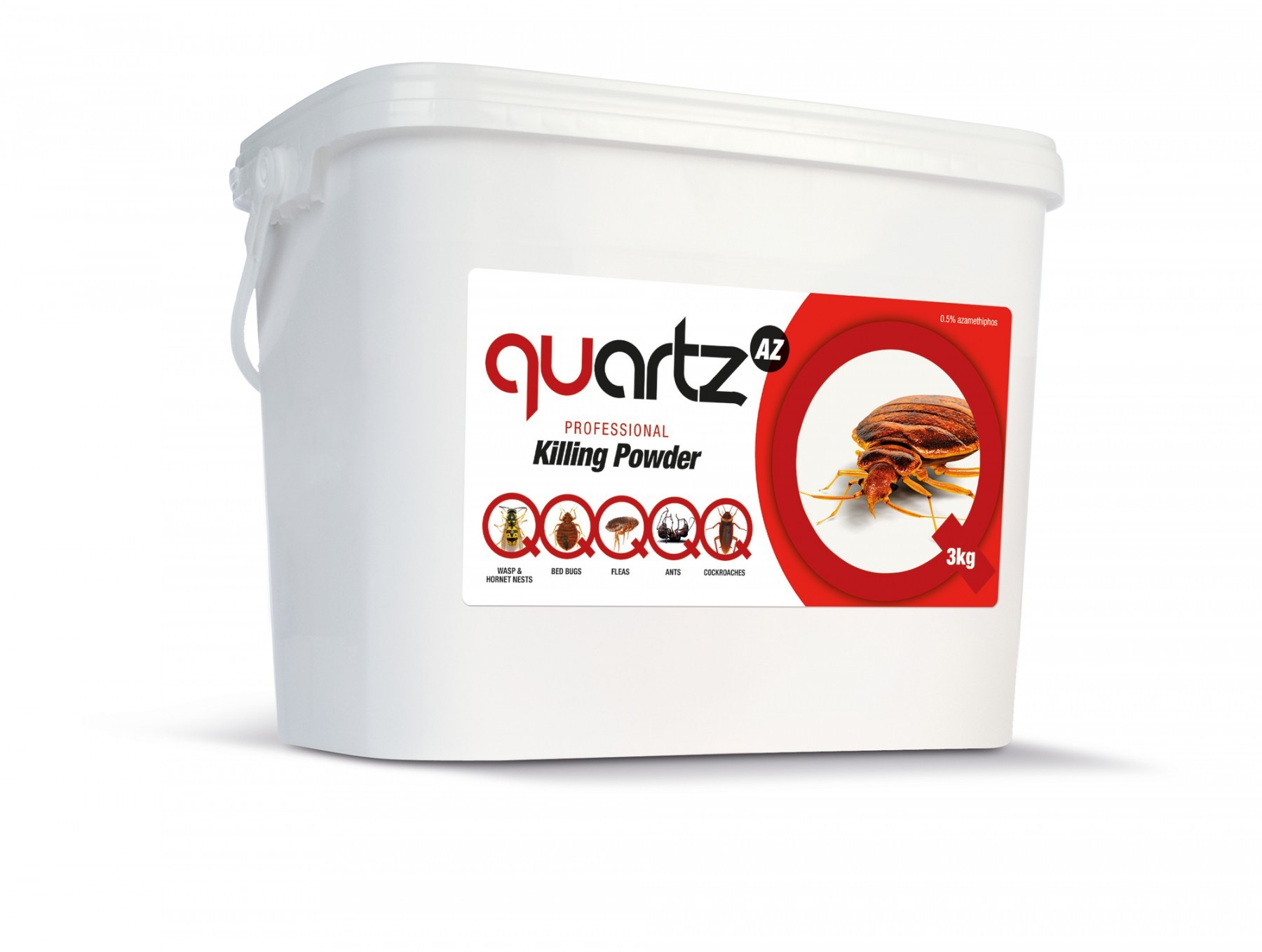
With the above in mind, I would recommend a treatment process being carried out over a minimum of 2 visits. Once treatment has been completed, it is advised you place Bed Bug monitoring units to establish that the issues have been resolved. Remember if you do not identify the source of an infestation, you will not bring the infestation under control and will have to carry out repeat treatments.
SLEEP TIGHT………… AND DON’T LET THE BED BUGS BITE!!





